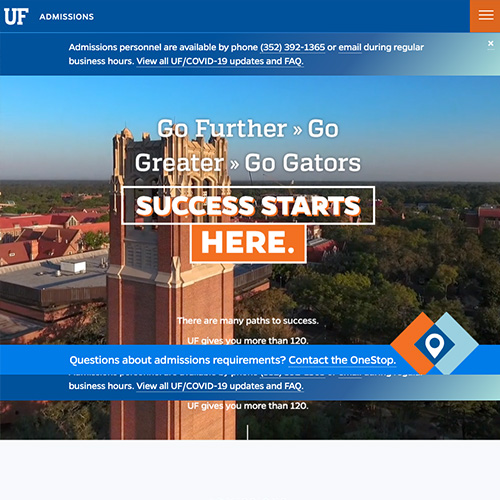FEAP 2f.- Maintains a climate of openness, inquiry, fairness and support
Printable Version (.pdf)
|
UNSATISFACTORY |
DEVELOPING |
ACCOMPLISHED |
EXCEPTIONAL |
| A student slumps in his/her chair following a negative comment by the teacher. (D)
Students roll their eyes at a classmate’s idea; the teacher does not respond. (D) Many students talk when the teacher and other students are talking; the teacher does not correct them. (D) Some students refuse to work with other students and are vocal about their preference. (D) Teacher does not call students by their names. (D) Teacher’s body language is clearly negative when a student offers a related comment.
|
Students attend passively to the teacher, but tend to talk, pass notes, etc. when other students are talking. (D)
A few students do not engage with others in the classroom, even when put together in small groups. (D) Students applaud half-heartedly following a classmate’s presentation to the class. (D) Teacher says: “Don’t talk that way to your classmates,” but student shrugs his/her shoulders. (D) Students ignore what their peers say and simply wait until it is their turn to speak. |
Teacher greets students by name as they enter the class or during the lesson. (D)
The teacher gets on the same level with students, kneeling, for example, beside a student working at a desk. (D) Students attend fully to what the teacher is saying. (D) Students wait for classmates to finish speaking before beginning to talk. (D) Students applaud politely following a class- mate’s presentation to the class. (D) Teacher smiles at student when returning his test paper. Teacher passed out an “I Blew It” card when she introduced a new pottery skill she knew would be difficult for students to master, and the students struggled. |
Teacher inquires about a student’s soccer game last weekend (or extracurricular activities or hobbies). (D)
Students hush classmates causing a distraction while the teacher or another student is speaking. (D) Students clap enthusiastically after one another’s presentations for a job well done. (D) The teacher says: “That’s an interesting idea, Josh, but you’re forgetting …” (D) Teacher gives student “high five” when returning his paper. Teacher applauded Le’Quan for using his “I Blew It” card after trying to a new pottery skill. |
Where noted, examples based on:
“(D)” – Danielson C. (1996). Enhancing professional practice: A framework for teaching.
Alexandria, Va: Association for Supervision and Curriculum Development.
“(M)” – Marzano, R. J. (2007). The art and science of teaching: A comprehensive
framework for effective instruction. Alexandria, Va: Association for Supervision and Curriculum Development.
Resources:
http://sitemaker.umich.edu/mclaughlin_portfolio/creating_a_positive_classroom_environment
http://www.pearsonhighered.com/samplechapter/0132272350.pdf
http://www.dominicanu.com/masters-in-education-resources/climate-education/
http://www.slideshare.net/kstashuk/creating-a-positive-classroom-environment




